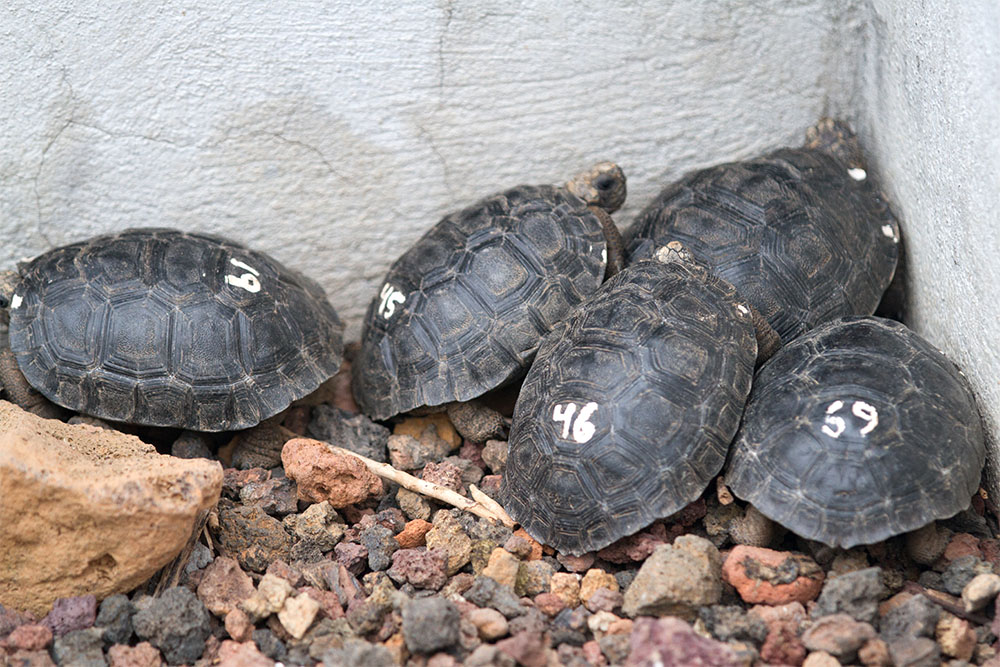December 4, 2024
The Ebiil Society: Champions of Palau
Ann Singeo, founder of our partner organization the Ebiil Society, shares her vision for a thriving Palau and a flourishing world of indigenous science!
We use cookies to help you navigate efficiently and perform certain functions. You will find detailed information about all cookies under each consent category below.
The cookies that are categorized as "Necessary" are stored on your browser as they are essential for enabling the basic functionalities of the site. ...
Necessary cookies are required to enable the basic features of this site, such as providing secure log-in or adjusting your consent preferences. These cookies do not store any personally identifiable data.
Functional cookies help perform certain functionalities like sharing the content of the website on social media platforms, collecting feedback, and other third-party features.
Analytical cookies are used to understand how visitors interact with the website. These cookies help provide information on metrics such as the number of visitors, bounce rate, traffic source, etc.
Performance cookies are used to understand and analyze the key performance indexes of the website which helps in delivering a better user experience for the visitors.
Advertisement cookies are used to provide visitors with customized advertisements based on the pages you visited previously and to analyze the effectiveness of the ad campaigns.
Looking to make an impact this Earth Month? Here’s how.

In the past 200 years, the presence of invasive species on the Galápagos Islands caused native tortoise populations to decline approximately 90 percent. The iconic tortoises have been the focus of conservation efforts for years and, thanks to the work of the Galápagos National Park Directorate, Galápagos Conservancy, Island Conservation, and partners, there is new hope for recovery.
In the case of the Pinzón Tortoise, researchers saw little chance for recovery; no juveniles had survived in the wild in over a century. Invasive rats were eating tortoise eggs and hatchlings, which lead to an aging population with no juveniles surviving into adulthood. Conservation biologists began collecting eggs to hatch in captivity in order to preserve the species. By removing eggs from the wild and rearing the hatchlings in rat-free captivity, conservation biologists were able to raise and release more than 5,000 tortoises.

The captive rearing program was a success, but it was costly and time-consuming, and could only be a temporary solution. In 2012, Island Conservation, Galápagos National Park, Charles Darwin Foundation, The Raptor Center, and partners removed invasive rats from Pinzón Island to restore suitable habitat for the tortoises and other native species. The intervention proved highly effective. Today, Pinzón Tortoises are able to hatch and survive in the wild.

Floreana Island’s Giant Tortoises had been considered extinct since the 1850’s, but a recent discovery suggests that some were relocated to a remote portion of Isabela Island where their genetic variation might still survive. Researchers are looking into the genetics of these newly discovered tortoises in hope they can find individuals closely related to the Floreana species and return them to their native habitat.
Collaborative restoration projects are key to protecting the native wildlife of the Galápagos. Conservation intervention has already helped many Galápagos Giant Tortoises, but plenty more work needs to be done.
Feature Photo: Galápagos Tortoises on Floreana Island. Credit: Tommy Hall/Island Conservation
Read the Full Article Here: San Francisco Chronical
Check out other journal entries we think you might be interested in.
Notifications